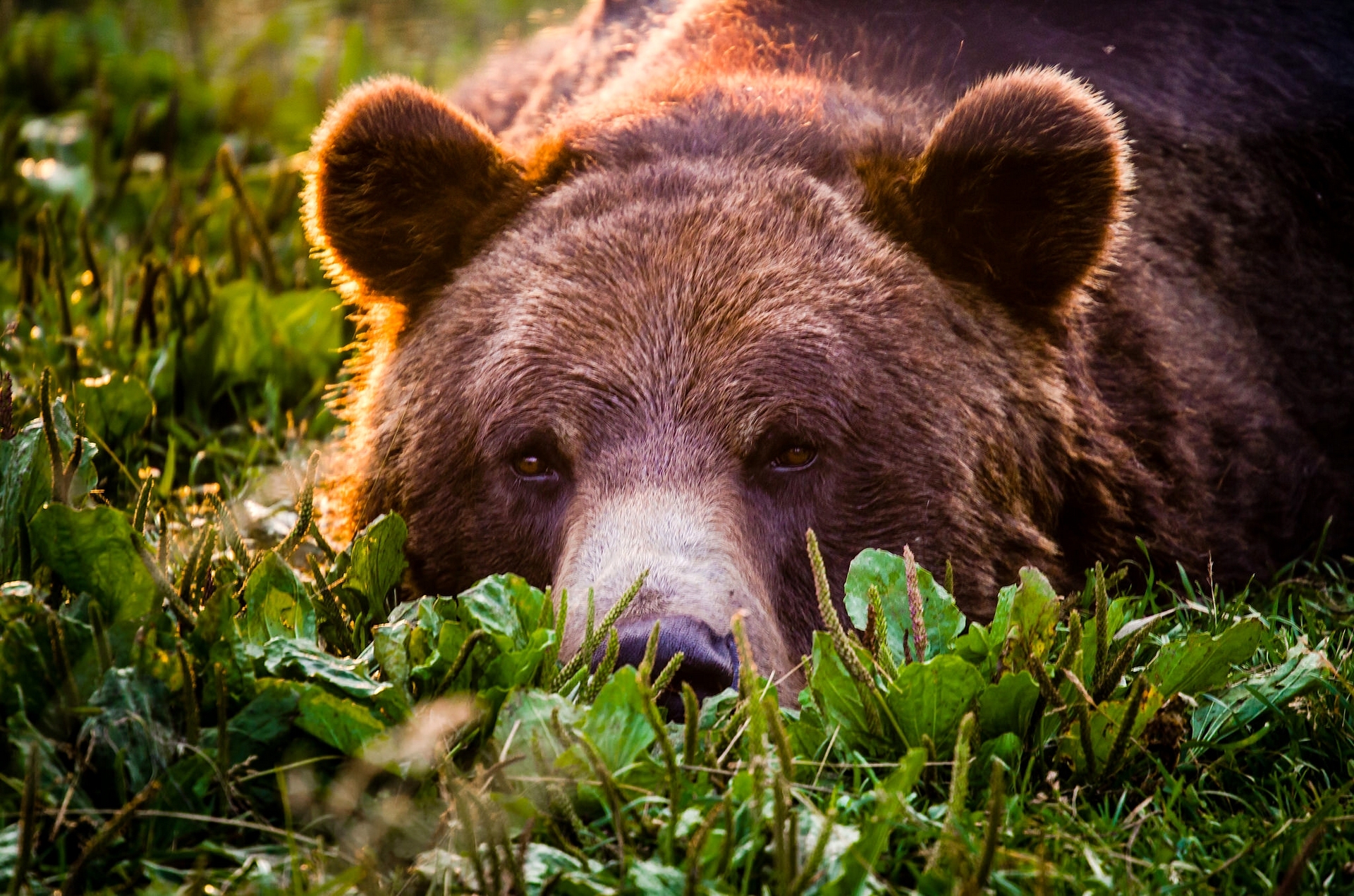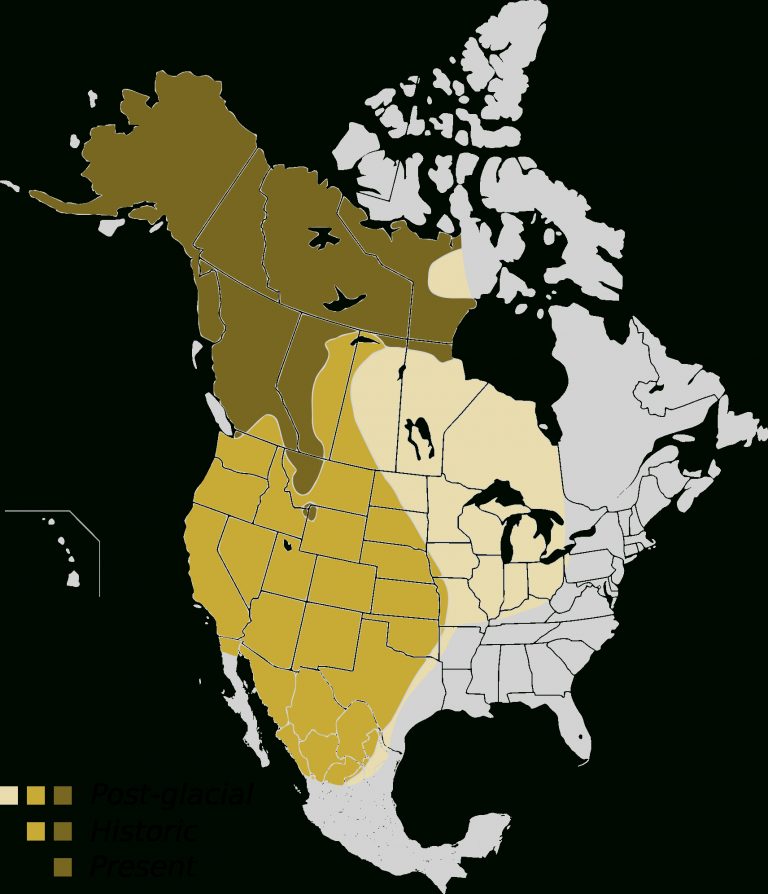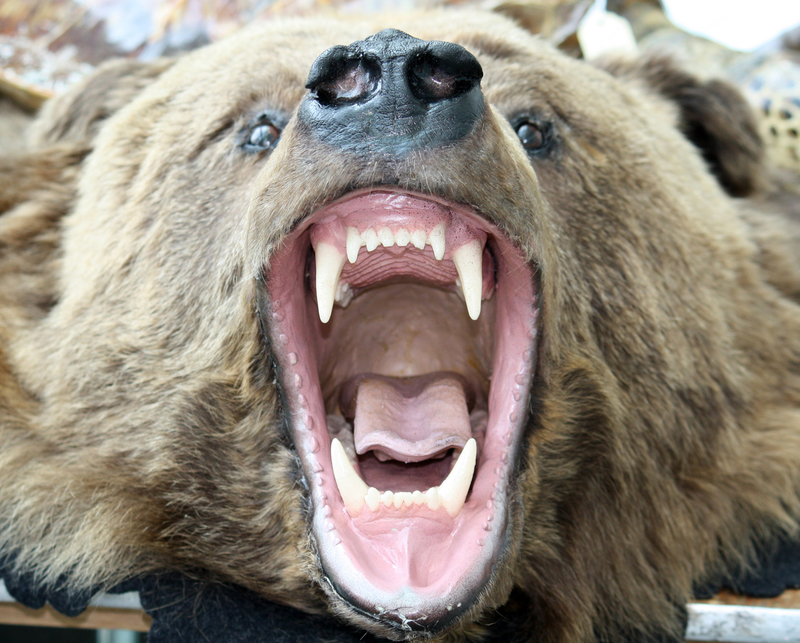Mapping the Majesty: A Complete Have a look at the Grizzly Bear’s Vary and its Shifting Boundaries
Associated Articles: Mapping the Majesty: A Complete Have a look at the Grizzly Bear’s Vary and its Shifting Boundaries
Introduction
On this auspicious event, we’re delighted to delve into the intriguing matter associated to Mapping the Majesty: A Complete Have a look at the Grizzly Bear’s Vary and its Shifting Boundaries. Let’s weave attention-grabbing data and provide contemporary views to the readers.
Desk of Content material
Mapping the Majesty: A Complete Have a look at the Grizzly Bear’s Vary and its Shifting Boundaries

The grizzly bear ( Ursus arctos horribilis), an impressive apex predator, instructions awe and respect. Its imposing measurement, formidable claws, and essential function in sustaining ecosystem well being make it an iconic image of the North American wilderness. Understanding the grizzly bear’s vary, nevertheless, is extra than simply appreciating its geographic distribution; it’s essential for efficient conservation efforts, managing human-wildlife battle, and comprehending the influence of local weather change and habitat fragmentation on this susceptible species. This text will delve into the present and historic vary of the grizzly bear, exploring the elements which have formed its distribution, the challenges it faces, and the continued efforts to guard its future.
Historic Vary: A Huge and Diminished Kingdom
Earlier than European colonization, the grizzly bear’s vary was significantly extra in depth than it’s at this time. It stretched throughout an enormous swathe of North America, encompassing a lot of western Canada, Alaska, and the western United States. Their presence prolonged from the Arctic Circle south into Mexico, and eastwards into elements of the Nice Plains. This huge territory mirrored the abundance of appropriate habitat – in depth forests, grasslands, and coastal areas wealthy in prey – that supported thriving grizzly populations. Early explorers and settlers steadily encountered grizzlies, documenting their presence in areas now largely devoid of the species. Historic accounts, coupled with archaeological proof resembling bone fragments and scat evaluation, paint an image of a very widespread and considerable inhabitants. Sadly, these accounts additionally foreshadow the dramatic decline that was to come back.
The Twentieth Century Decline: Habitat Loss and Human Battle
The Twentieth century witnessed a catastrophic discount within the grizzly bear’s vary. This decline was primarily pushed by two interconnected elements: habitat loss and human-wildlife battle. As human populations expanded westward, grizzlies had been pushed out of their conventional territories by means of habitat destruction for agriculture, logging, mining, and urbanization. The development of roads and fences additional fragmented their habitat, isolating populations and lowering genetic variety. Concurrently, the perceived risk grizzlies posed to livestock and people led to widespread searching and trapping. Authorities-sponsored eradication applications in lots of areas actively focused grizzlies, additional accelerating their decline.
By the mid-Twentieth century, the grizzly bear had been extirpated from a lot of its historic vary within the contiguous United States. Remoted pockets of populations remained in areas resembling Yellowstone Nationwide Park, Glacier Nationwide Park, and the North Cascades, however these populations had been considerably smaller and extra susceptible than their ancestors. The dramatic shrinkage of the grizzly’s vary highlights the devastating influence of human actions on wildlife populations.
Present Vary: Fragmented and Susceptible
The present vary of the grizzly bear is a patchwork of fragmented populations, primarily concentrated in Alaska, western Canada, and some remoted areas within the decrease 48 states. Alaska holds the biggest and most strong grizzly populations, benefiting from huge tracts of comparatively undisturbed wilderness. In Canada, vital populations persist in British Columbia, Alberta, Yukon, and the Northwest Territories. These populations are usually more healthy than these within the contiguous US, though they too face challenges from habitat loss and fragmentation.
Within the contiguous United States, the restoration efforts have proven some success. The Yellowstone-Northern Rockies inhabitants, as an illustration, has proven indicators of enlargement, albeit slowly. Nonetheless, this inhabitants stays remoted and susceptible to human encroachment and pure disasters. Different small populations persist in areas just like the North Cascades and the Cupboard-Yaak ecosystem in Montana and Idaho, however their long-term viability stays unsure. These remoted populations spotlight the challenges of sustaining genetic variety and guaranteeing the long-term survival of a species in a fragmented panorama.
Mapping the Vary: Challenges and Methods
Mapping the grizzly bear’s vary is a fancy endeavor, requiring refined methods and ongoing monitoring. Conventional strategies, resembling direct remark and anecdotal proof, are nonetheless priceless, however they’re restricted of their capability to supply a complete image of the species’ distribution. Fashionable methods, nevertheless, provide extra exact and detailed information.
Geographic Info Programs (GIS) play a essential function in mapping grizzly bear vary. GIS integrates numerous information sources, together with satellite tv for pc imagery, GPS monitoring information from collared bears, and habitat suitability fashions, to create detailed maps of grizzly bear distribution and habitat use. These maps can determine essential habitats, areas of human-wildlife battle, and potential corridors for grizzly motion. Genetic evaluation can also be employed to grasp the connectivity between completely different populations and assess genetic variety, which is essential for managing and conserving these fragmented populations.
Moreover, citizen science initiatives play an more and more essential function in monitoring grizzly bear exercise. By means of applications that encourage reporting of bear sightings and different observations, researchers can collect priceless information from a wider geographic space, supplementing data gathered by means of extra intensive scientific research.
Components Influencing Vary Dynamics: Local weather Change and Human Growth
The grizzly bear’s vary just isn’t static; it’s consistently influenced by a wide range of elements, together with local weather change and ongoing human improvement. Local weather change is altering the distribution and abundance of prey species, affecting the supply of meals sources for grizzlies. Adjustments in snowpack and precipitation patterns may also influence habitat high quality and accessibility. Rising temperatures may alter the timing of seasonal occasions, resembling hibernation and foraging, probably disrupting the bears’ life cycle.
Human improvement continues to encroach upon grizzly bear habitat. The enlargement of roads, pipelines, and different infrastructure fragments habitats and will increase the danger of human-wildlife battle. Elevated leisure actions in grizzly bear nation additionally pose a risk, notably in the event that they result in habituation of bears to human presence and elevated encounters. These elements spotlight the necessity for proactive conservation methods that mitigate the impacts of human actions on grizzly bear populations.
Conservation Efforts: Defending a Majestic Species
The conservation of the grizzly bear requires a multifaceted strategy that addresses the varied threats it faces. This includes habitat safety and restoration, managing human-wildlife battle, and selling public consciousness and schooling. Establishing protected areas, resembling nationwide parks and wildlife refuges, is essential for preserving essential grizzly bear habitat. Habitat restoration tasks goal to reconnect fragmented habitats and improve the standard of current habitats.
Managing human-wildlife battle is important to cut back adverse interactions between grizzlies and people. This includes methods resembling bear-resistant rubbish containers, livestock safety measures, and public teaching programs that train folks find out how to coexist safely with grizzlies. Monitoring grizzly bear populations can also be essential for assessing the effectiveness of conservation efforts and adapting methods as wanted. Worldwide collaboration can also be important, given the transboundary nature of many grizzly bear populations.
Conclusion: A Future for the Grizzly?
The grizzly bear’s story is one in every of each decline and resilience. Whereas the species has suffered dramatic vary contraction, ongoing conservation efforts provide a glimmer of hope for its future. By understanding the complicated elements that affect the grizzly bear’s distribution, implementing efficient conservation methods, and fostering public consciousness, we will try to guard this majestic species and guarantee its survival for generations to come back. The continued monitoring of its vary, coupled with adaptive administration methods, can be essential in navigating the challenges posed by local weather change and human improvement, in the end securing a future for the grizzly bear within the landscapes it calls residence. The map of the grizzly bear’s vary just isn’t merely a geographic illustration; it’s a dwelling testomony to the continued wrestle to preserve biodiversity in a quickly altering world.








Closure
Thus, we hope this text has offered priceless insights into Mapping the Majesty: A Complete Have a look at the Grizzly Bear’s Vary and its Shifting Boundaries. We admire your consideration to our article. See you in our subsequent article!